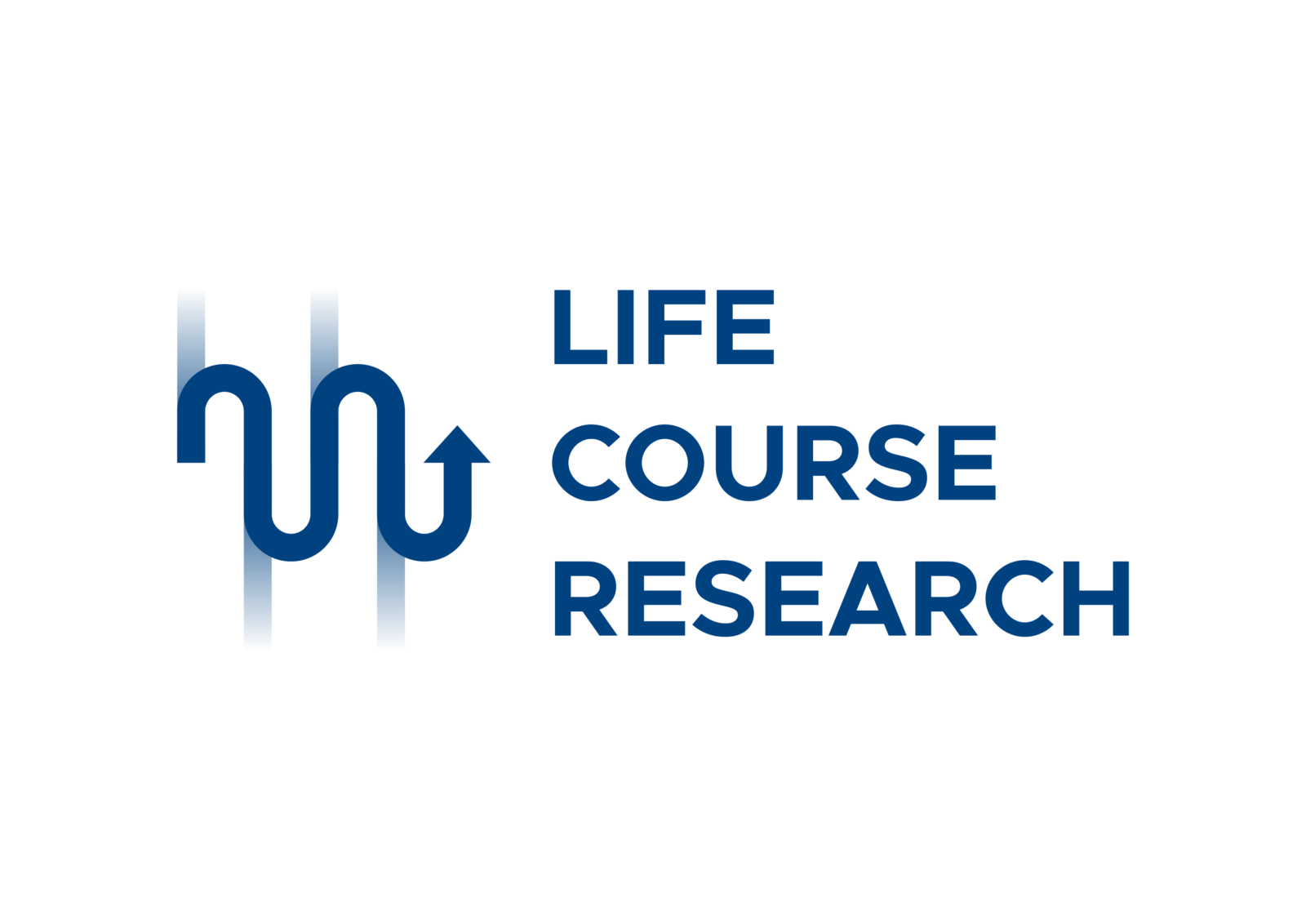Reference
Holtermann A, Schnohr P, Nordestgaard BG, Marott JL. The physical activity paradox in cardiovascular disease and all-cause mortality: the contemporary Copenhagen General Population Study with 104 046 adults. Eur Heart J. 2021. doi:10.1093/eurheartj/ehab087
At a glance
According to the results of an observational study including more than 100,000 individuals, leisure-time physical activity and physical activity performed at work have opposite, and independent, associations with cardiovascular health and longevity.
Background
The World Health Organization (WHO) recommends physical activity during both recreation and work to improve health. A limited amount of previous literature suggested an association between work-related physical activity and an increased risk for heart disease and mortality. However, data quality was often poor and socioeconomic confounding factors, such as lifestyles habits or socioeconomic status, were not clearly considered for causal relationships.
The characteristics of the study
The study by Holtermann and colleagues included 104,046 individuals from the Copenhagen General Population Study aged 20–100 years. Baseline measurements were taken between 2003 and 2014. Participants completed questionnaires about physical activity performed during leisure time and during work and were categorized as having low, moderate, high, or very high physical activity in each. Measurements were linked to national Danish patient and death registries.
During a median follow-up of 10 years, there were 9.5% deaths from all causes and 7.6% major adverse cardiovascular events (MACE). In the analysis, data were adjusted for multiple factors (age, sex, lifestyle, health, and education), and indicated that the relationships could not be explained by lifestyle, health conditions or socioeconomic status.
Results
Leisure time physical activity:
Compared with low leisure-time physical activity, moderate, high, and very high activity were associated with 26%, 41%, and 40% reduced risks of death, respectively. Similarly, compared to low leisure-time physical activity, moderate, high, and very high levels of leisure-time activity were associated with 14%, 23%, and 15% reduced risks of MACE (major adverse cardiovascular events), respectively.
Work activity:
Compared with low work-related physical activity, high and very high activity were associated with 13% and 27% increased risks of death, respectively. Likewise, compared to low work-related physical activity, high and very high levels were associated with 15% and 35% increased risks of MACE, respectively.
The work patient groups do not sufficiently elevate their heart rate during work to obtain improvement in cardio-respiratory fitness and health. In contrast, work-related physical activity is predominantly associated with fatigue, insufficient recovery, and elevated 24-hr blood pressure.
Limits of the study
Information both about leisure-time physical activity and work-related physical activity is based on self-administered questionnaires. The questions have been used for decades in several cohorts, and are very similar in content and wording, so they cannot explain the various differences between physical activity performed at work and in leisure time. The results might not be directly generalizable to all other countries, because the working conditions, living environment, and lifestyle in Denmark are generally more developed than in some Southern and Eastern European countries.
What is new?
To date, the study by Holtermann and colleagues is the largest one showing consistent findings after adjustment for lifestyle factors, health factors, living conditions, and socioeconomic status. The same association in each and every group was found in the subgroup analysis, giving more strength to the results.
Perspectives
Further studies on these issues are needed, in particular for low-income and less-privileged populations with a prevalence of high work-related physical activity such as heavy lifting at work. The harmful health associations observed from with work-related physical activity can potentially be even stronger in these countries. A reorganization of physical activities at work should be considered, so that they mimic the beneficial aspects of leisure exercise. Several approaches are being piloted, such as rotating between workstations on a production line so that employees perform a healthy combination of physical activity during the same shift, including sitting, standing, and lifting.
A cura di Elisabetta Bravini e Carmela Rinaldi




